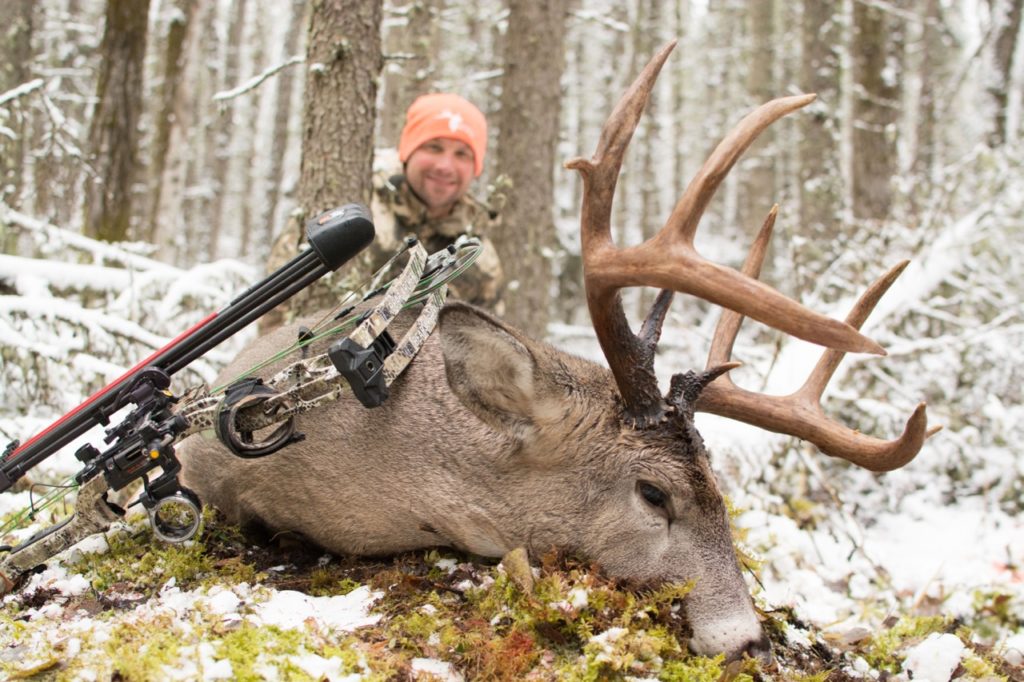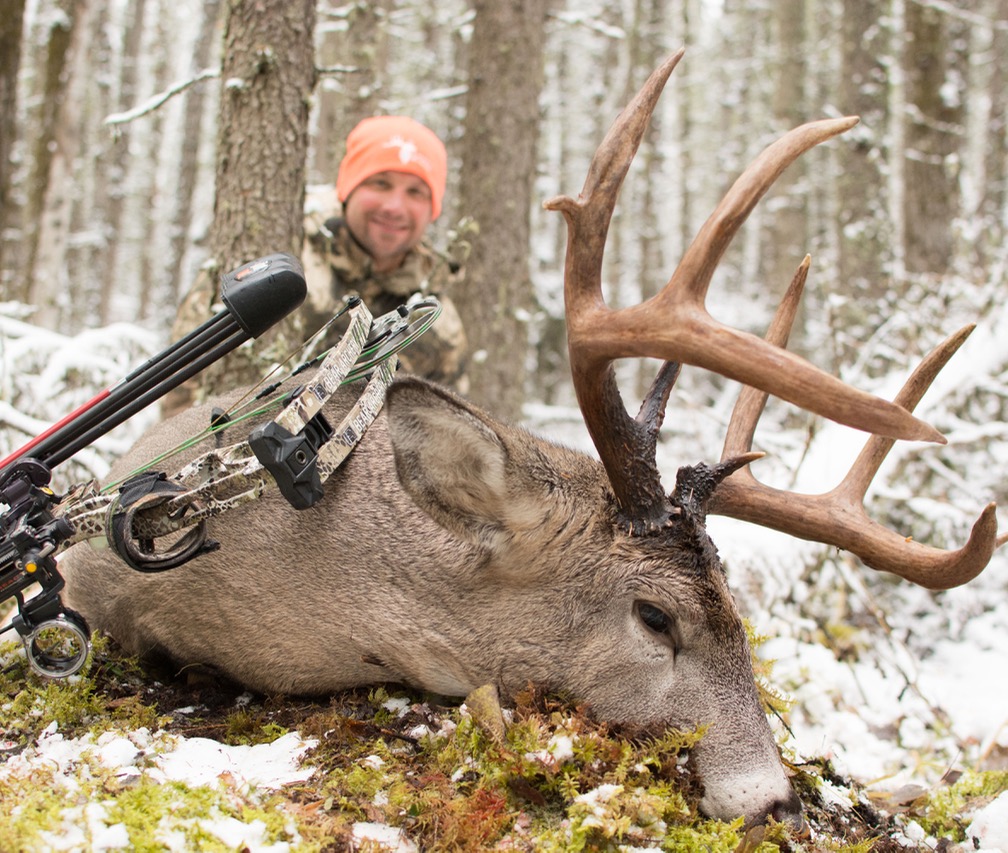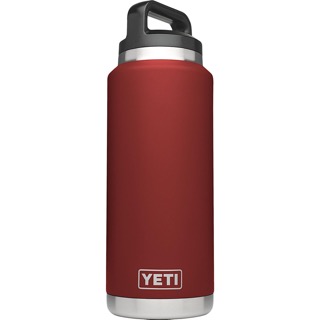Out in the cold
How to prepare for a successful late-season bowhunt
Advertisement
One more morning about a decade ago, I’d been hunting prairie whitetails for three hours in -26°C weather when I decided to pack it. It was one of the first times I’d hunted in such frigid conditions, so before leaving I took a practice shot to test the effects of the cold on my set-up. It was much harder to draw than usual, and because I was wearing a thin, non-insulated glove, the familiar sensitive sensation of the trigger was missing once I reached full draw. Then my shooting form fell apart as I struggled to anchor and aim, resulting in a shot that was well off target. I quickly realized how unprepared I was for bowhunting in extremely cold weather, so I developed the following routine to put me back in the game.
EQUIPMENT
Advertisement
Bowhunters release arrows with either a mechanical release or a leather glove, but both methods are hindered when you wear big, bulky mitts to keep your hands warm. So, how do you keep your fingers and hands warm, yet easily freed for shooting? Gloves with no fingertips work well; just keep your hands in your pockets or a muff until you see an animal coming into range. I cut a hole in the palm of my gloves to slip the release through. And to prevent the action from sticking or locking up, I ensure my release is well greased with a lubricant engineered for very cold temperatures.
When sitting in my treestand, I draw my bow once or twice an hour to help keep me warm, as well as to ensure the bow is still in good working order and free of noise. Before drawing, though, I have a good look around in case any game is nearby. You may want to reduce the poundage on your bow for late-season hunting, especially if you can afford less kinetic energy.
Finally, if you shoot a metal compound bow, never hold the riser with your bare hand. The instant your skin makes contact with the metal, you will lose body heat and eventually start shivering.
Advertisement
[easy-tweet tweet=”Bowhunting in frigid weather? Here’s what you need to know about late-season equipment, clothing and strategy” user=”OutdoorCanada” hashtags=”bowhunting, archery, deerhunting, whitetails”]
CLOTHING
Wear anti-itch merino wool clothing for your base, mid- and outer layers. Not only is merino silent, it retains its insulating properties when wet. Also wear a wool balaclava to protect your face. Just be sure to practise shooting while wearing it, as it’s easy to mess up a shot when you can’t feel your familiar anchor points.

Pac boots and wool socks are musts for keeping your feet warm and dry. If you have to walk a long way to reach your set-up, bring a second pair of socks to change into if your feet sweat. Heated insoles are also great for long sits. If I’m on the move most of the day, however, I don’t bother changing socks.
STRATEGY
Game animals often herd up in the late season, making it harder to stalk them with so many pairs of eyes looking for danger. Fortunately, the animals will still travel short distances throughout the day to feed, then lay back down near the herd. All that up and down movement can make them easier to spot as you walk slowly through the bush.
Hunting with a partner can be very effective in the late season. Where legal, pushing daytime browsing and bedding areas can result in quality shooting opportunities. Take turns pushing so you can both stay warm, and be sure to walk slowly through the bush—you don’t want the game to flee at full speed. Instead, you want the animals to slowly wander past the shooter’s set-up on a well-worn game trail.
BONUS TIP: GAS IN THE TANK
A warm snack or lunch can do wonders for keeping your core warm and fuelling your metabolic rate during frosty late-season hunts. Skip the coffee or hot chocolate and fill your insulated vacuum bottle with hot stew instead. I find the complete meal keeps me warmer longer. Plus, I don’t have to urinate as much, helping reduce my scent.


